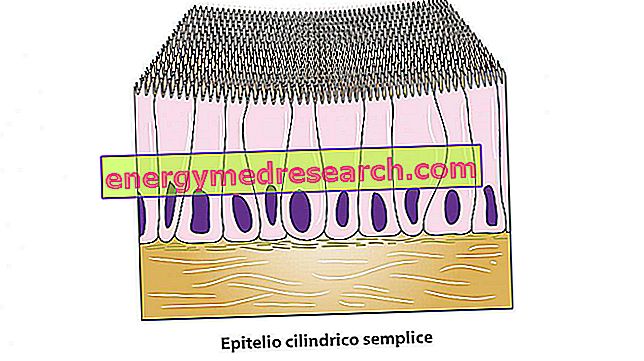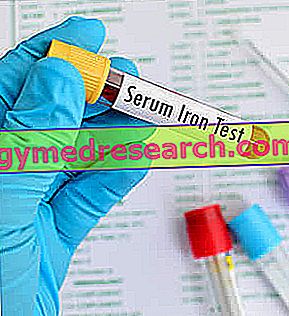Related articles: Meckel's diverticulum
Definition
Meckel's diverticulum is a congenital saccular extroflexion, which can be found in the wall of the small intestine, more precisely at the level of the distal ileum.
This malformation is found in 2-3% of the population; usually, it is located within 100 cm from the ileocecal valve and is made up of all the layers of the wall of the normal intestine. Meckel's diverticulum often also contains gastric heterotopic tissue (thus presenting HCl-secreting parietal cells) and / or pancreatic.
Meckel's diverticulum represents an embryonic residue: during fetal life, a portion of intestine does not undergo atrophy during the maturation processes that lead to the definitive constitution of the enteric tract.
Meckel's diverticulum can give rise to various morbid processes, similar to those involving the appendix, except for the location of the pain.
Most common symptoms and signs *
- Abdominal cramps
- Diarrhea
- Dehydration
- Abdominal pain
- Abdominal pain on palpation
- Temperature
- Abdominal swelling
- Melena
- Functional Meteorism
- rettorragia
- Blood from the anno
- Blood in the stool
- He retched
Further indications
The main symptoms associated with this malformation are sensitivity to pressure in the central part of the abdomen, mild fever and diarrhea.
Complications can include bleeding, inflammation (diverticulitis) and intestinal obstruction. Blood losses occur more frequently in children under the age of 5, when the secreted acid from the diverticulum ectopic gastric mucosa damages the adjacent ileum. During childhood, these episodes manifest themselves as painless rectal bleeding, bright red, while in adults it is more likely to occur in the form of melena.
Meckel's acute diverticulitis is characterized, instead, by abdominal pain and tenderness typically located below or to the left of the navel; this complication is often accompanied by vomiting.
Intestinal obstruction can occur at any age, but is more prevalent in older children and adults, following the invagination of the diverticulum; this occurs with cramping abdominal pains, nausea and emesis.
The occlusion may also be due to adhesions, volvulus, foreign body retention, neoplasms or incarceration in a hernia (Littre's hernia).
Diagnosis is difficult and often involves performing a scintigraphy and radiological studies with barium.
The treatment consists of surgical resection of the diverticulum.



